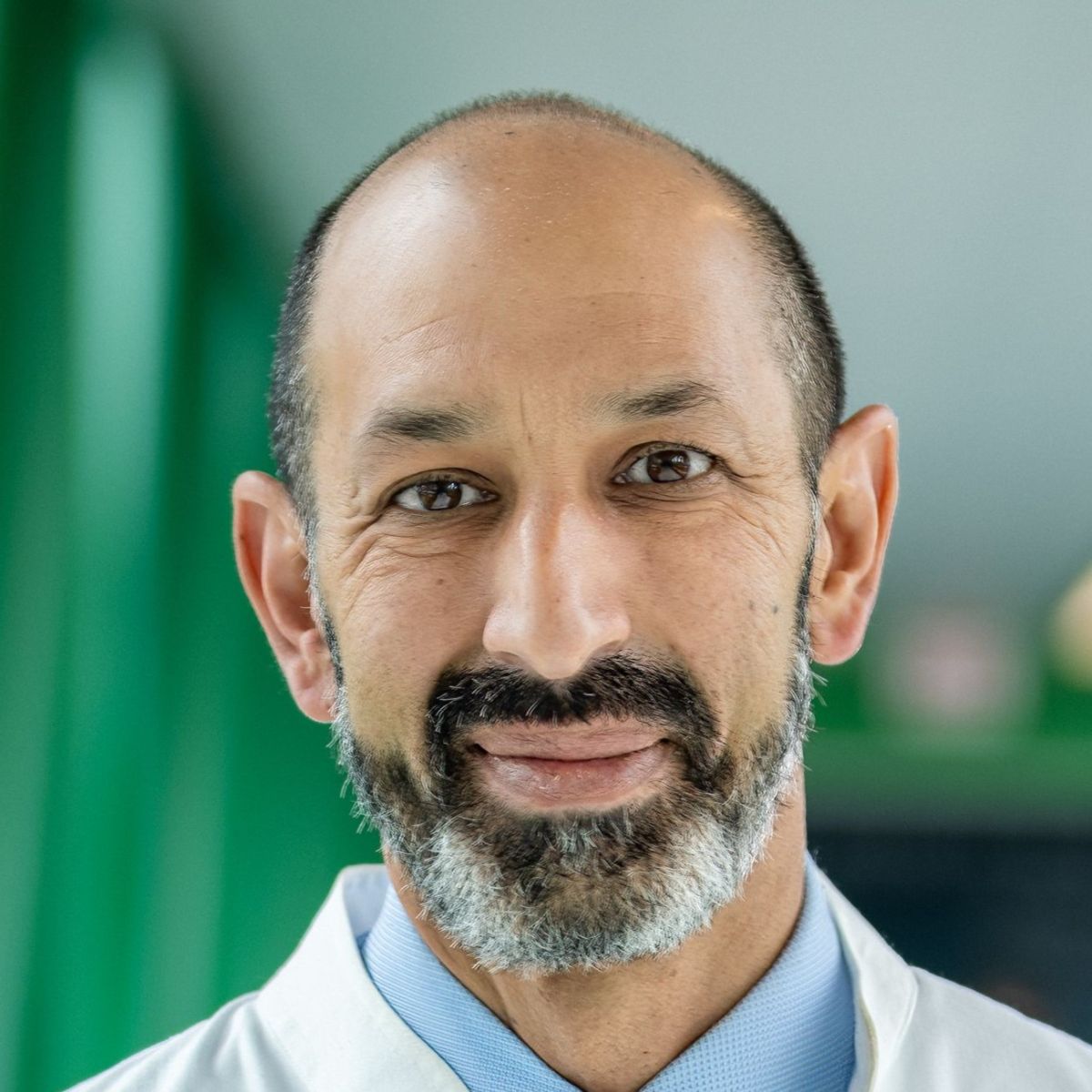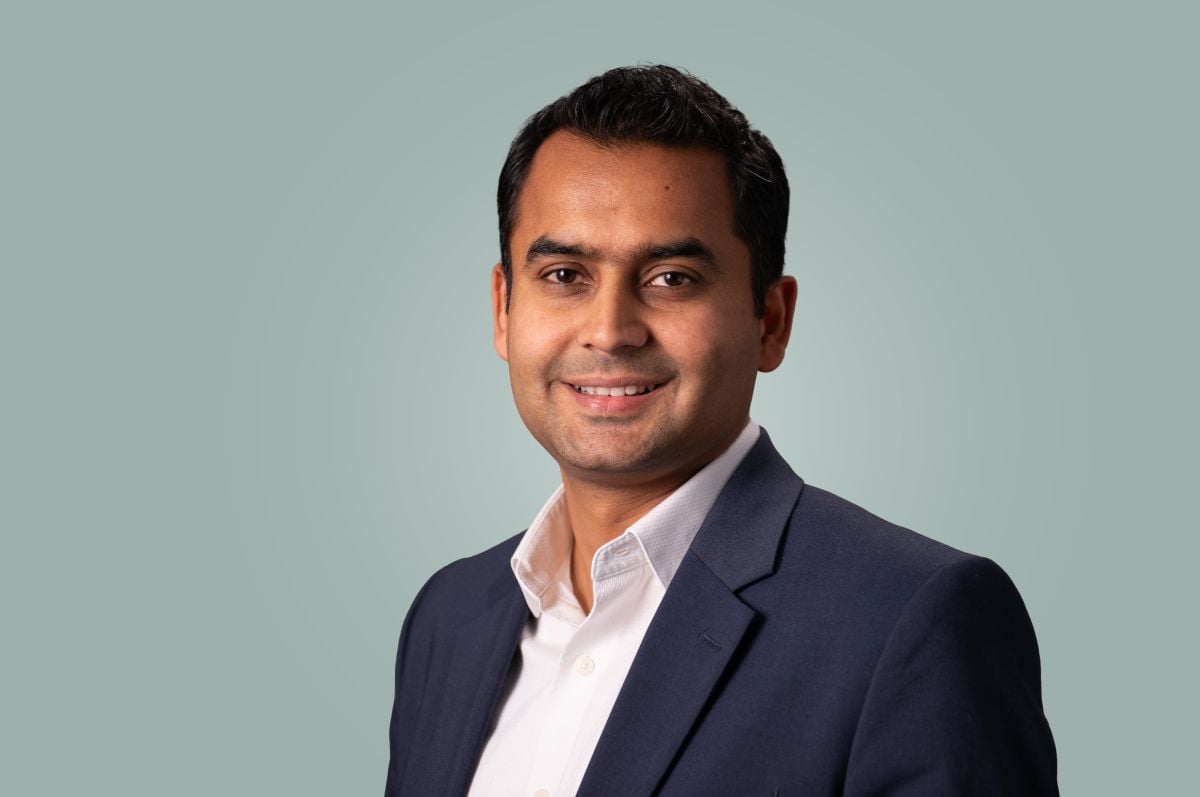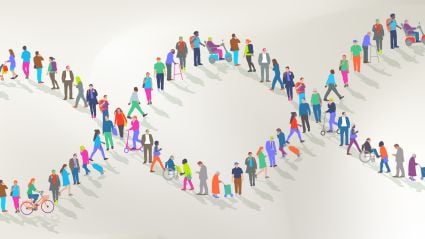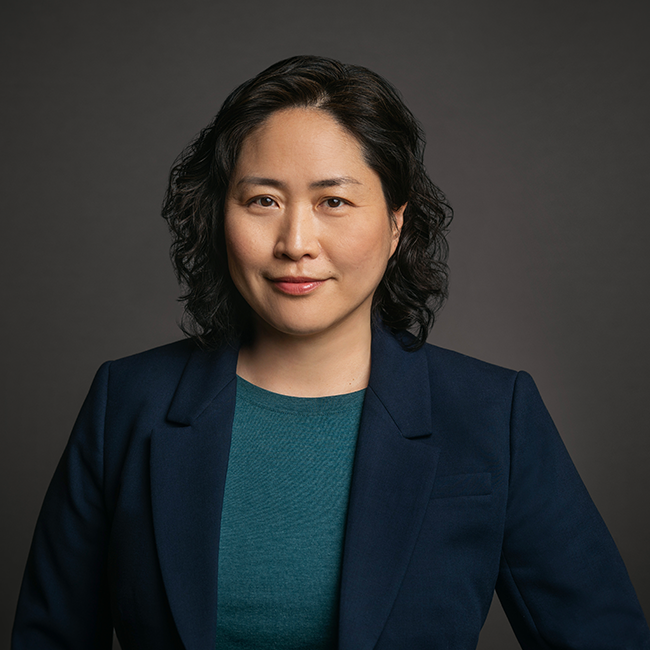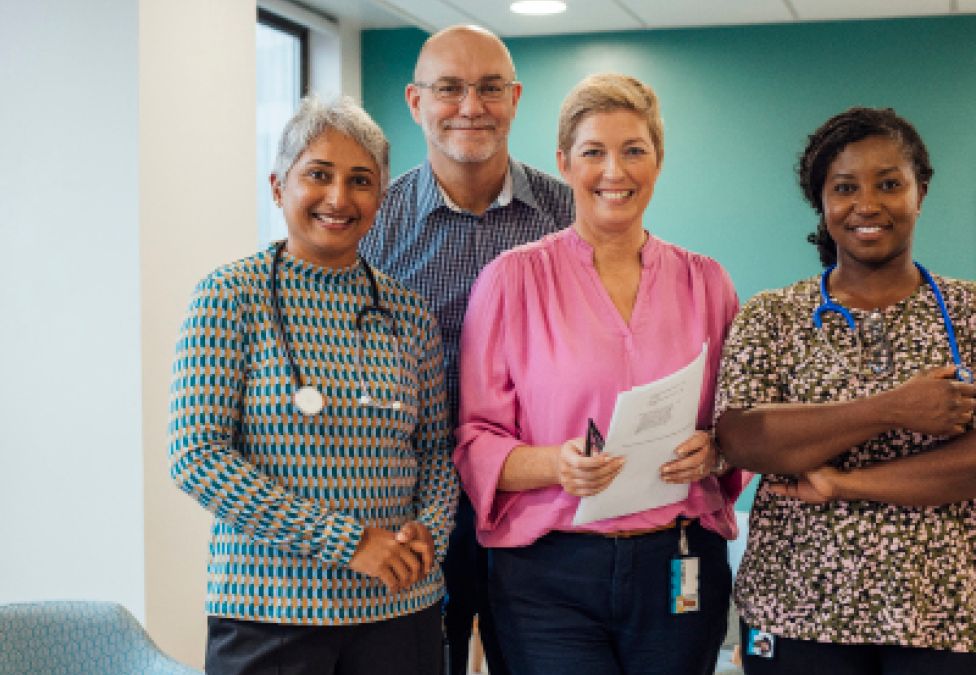
If the last several years have taught us anything, it is that trust is the foundation of health. Yet in many communities—especially Black, Brown, immigrant, and low-income populations—trust in traditional health-care systems is fragile, and outcomes reflect it. Too often, medicine has spoken to these communities rather than with them. An innovative partnership model has emerged to bridge this gap: community health workers (CHWs). By aligning health systems, public agencies, and community-based organizations with trusted local leaders, we see how relationships—not just resources—drive better outcomes.
CHWs are not a new idea. For decades, they have served as navigators, educators, and advocates in neighborhoods across the United States and around the world. What makes them transformative is the way they reimagine partnership itself. CHWs bring lived experience, cultural knowledge, and deep relationships with the people they serve. When health systems and policymakers invest in CHW programs, they are doing more than expanding a workforce—they are building a bridge between institutions and communities.
During the COVID-19 pandemic, this became undeniable. In California, a door-to-door outreach initiative that included CHWs and promotoras reached more than two million residents across 15 counties and registered over 60,000 people for vaccination. In New York City, CHW-led outreach in public housing communities increased vaccine confidence and significantly boosted uptake compared to similar sites without CHW engagement. Their impact extended well beyond vaccines: CHWs delivered food and medication, connected families to rental assistance, and ensured that public health messages did not stop at the clinic door.
The evidence for CHWs extends far beyond emergencies. Rigorous trials and evaluations demonstrate their impact across maternal health, chronic disease, and behavioral health. For example, in Philadelphia, Medicaid-enrolled pregnant women supported by CHWs were more likely to attend postpartum visits and reported lower depressive symptoms. In randomized trials with adults living with chronic conditions, CHWs improved outcomes ranging from blood sugar control in diabetes to medication adherence and self-management. At Penn Medicine, patients paired with CHWs experienced fewer hospitalizations and emergency visits, translating into substantial cost savings.
The economic case for CHWs is as compelling as the clinical one. A study of Penn’s IMPaCT model found that every $1 invested in CHW programs for high-risk patients generated a $2.47 return through reduced hospitalizations and emergency department visits. The Centers for Disease Control and Prevention has likewise concluded that CHWs are cost-effective for chronic disease prevention and management. The se programs are not simply “good to have”—they are smart investments in both population health and system sustainability.
The partnerships that matter most will be those that prioritize trust, equity, and community power.
Yet perhaps the most powerful contribution of CHWs is harder to quantify. They bring dignity and voice to communities that have too of ten been excluded from health system decision-making. They make visible what has long been invisible: the resilience, creativity, and expertise of communities themselves. As one CHW described during the height of the pandemic, “We are the ones who can walk through any door in this neighborhood and be welcomed.” That kind of trust cannot be engineered from the outside. It must be cultivated from within.
The lesson is clear: The most innovative partnerships do not come from technology alone but from centering people and relationships. CHW programs succeed because they shift power—acknowledging that those closest to the problem often hold the deepest knowledge about the solutions.
For leaders across industries, the CHW model offers a blueprint. Whether in education, housing, or workforce development, partnerships that elevate community voices and invest in trusted local actors have the greatest chance of success. The CHW movement demonstrates that better outcomes come when we see communities not as passive recipients of care but as active partners in shaping systems.
As we look to the future of health, the partnerships that matter most will be those that prioritize trust, equity, and community power. Community health workers show us the way. By investing in and scaling these partnerships, we can create a system where health is not imposed from the top down but cocreated with the very people it is meant to serve. That is the real innovation—and it is one we cannot afford to ignore.


